Rising Healthcare Expenditure
The upward trend in healthcare expenditure in the US is a significant driver for the upper gi-series market. Increased spending on healthcare services allows for greater investment in diagnostic imaging technologies and facilities. As hospitals and clinics allocate more resources to advanced imaging equipment, the availability and accessibility of upper gi-series procedures are likely to improve. This trend is supported by data indicating that US healthcare spending is projected to reach approximately $6 trillion by 2027. The upper gi-series market is poised to benefit from this increase in funding, as healthcare providers seek to enhance their diagnostic capabilities and improve patient outcomes. Additionally, higher healthcare expenditure may lead to expanded insurance coverage for diagnostic procedures, further driving demand for upper gi-series examinations.
Advancements in Imaging Technology
Technological innovations in imaging techniques are significantly influencing the upper gi-series market. The introduction of high-definition imaging, digital radiography, and advanced fluoroscopy systems enhances the accuracy and efficiency of upper gi-series procedures. These advancements not only improve diagnostic capabilities but also reduce patient exposure to radiation, which is a critical concern in medical imaging. The upper gi-series market is witnessing a shift towards more sophisticated imaging modalities that provide clearer and more detailed images of the gastrointestinal tract. As healthcare facilities invest in state-of-the-art equipment, the demand for upper gi-series procedures is expected to rise. Moreover, the integration of artificial intelligence in imaging analysis may further streamline workflows and improve diagnostic outcomes, making these technologies a pivotal driver for the market.
Growing Focus on Preventive Healthcare
The increasing emphasis on preventive healthcare in the US is driving the upper gi-series market. As more individuals prioritize health screenings and early detection of diseases, the demand for diagnostic procedures like upper gi-series is likely to grow. Preventive measures are becoming integral to healthcare strategies, with organizations advocating for regular screenings to identify potential gastrointestinal issues before they escalate. This trend is reflected in the rising number of patients seeking upper gi-series examinations as part of routine health check-ups. The upper gi-series market stands to benefit from this shift, as healthcare providers promote awareness of the importance of early diagnosis in managing gastrointestinal health. Additionally, insurance coverage for preventive screenings may further encourage patients to undergo these procedures, thereby expanding the market.
Regulatory Support for Diagnostic Procedures
Regulatory frameworks in the US are increasingly supportive of diagnostic procedures, which positively impacts the upper gi-series market. Agencies such as the FDA are streamlining the approval processes for new imaging technologies and techniques, facilitating quicker access to advanced diagnostic tools. This regulatory environment encourages innovation within the upper gi-series market, as manufacturers are motivated to develop and introduce new products that meet evolving healthcare needs. Furthermore, the establishment of guidelines for the appropriate use of upper gi-series examinations enhances their credibility and acceptance among healthcare providers. As regulations continue to evolve, the market is likely to experience growth driven by the introduction of new technologies and improved patient access to essential diagnostic services.
Increasing Prevalence of Gastrointestinal Disorders
The rising incidence of gastrointestinal disorders in the US is a primary driver for the upper gi-series market. Conditions such as gastroesophageal reflux disease (GERD), peptic ulcers, and esophageal cancer are becoming more common, leading to a heightened demand for diagnostic imaging. According to recent data, approximately 20% of the US population experiences GERD symptoms, which necessitates regular monitoring and evaluation. This trend indicates a growing need for upper gi-series procedures, as they are essential for accurate diagnosis and treatment planning. The upper gi-series market is thus positioned to benefit from this increasing prevalence, as healthcare providers seek effective diagnostic tools to manage these conditions. Furthermore, the aging population is likely to exacerbate this trend, as older adults are more susceptible to gastrointestinal issues, further driving the demand for upper gi-series examinations.


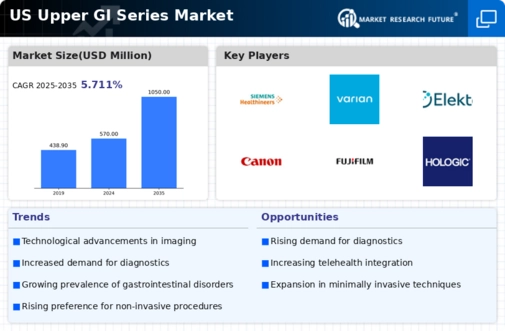
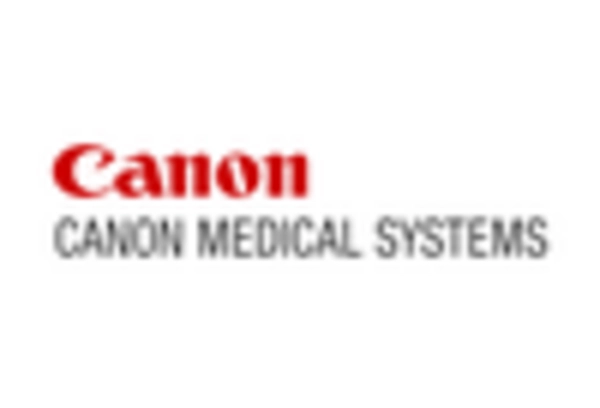
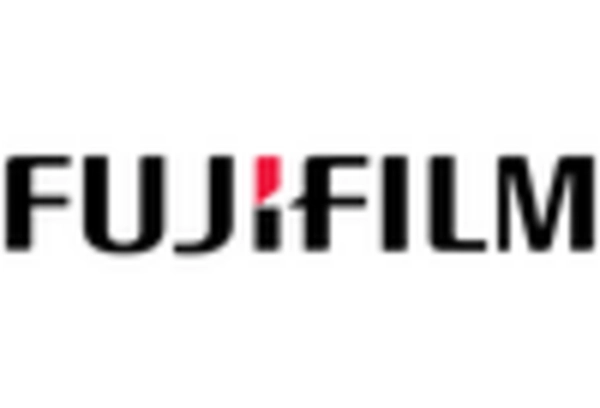
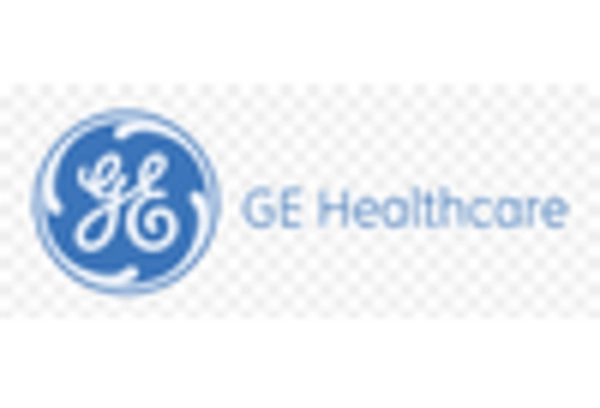
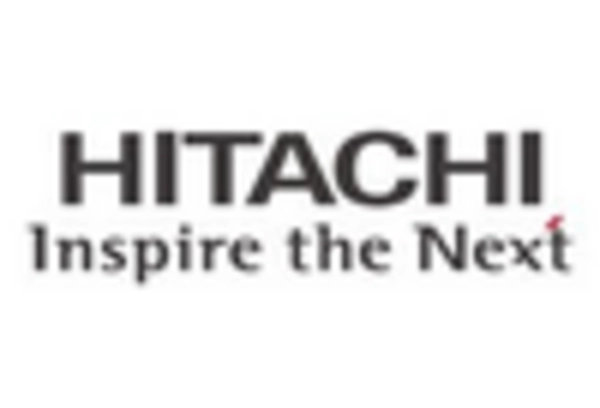
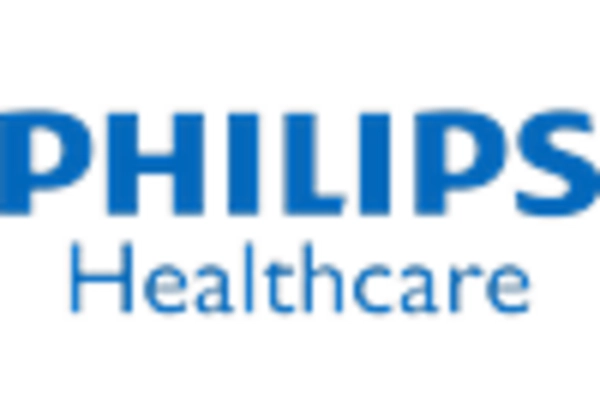
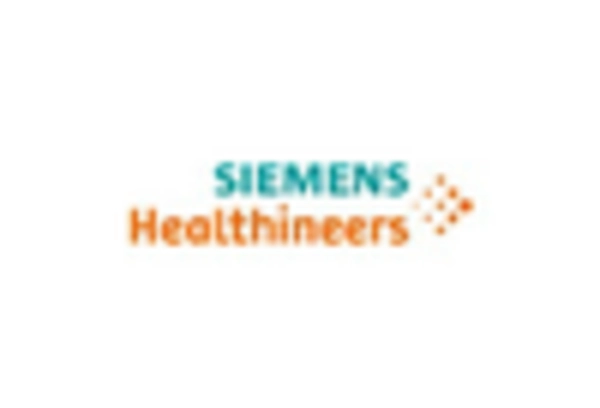








Leave a Comment